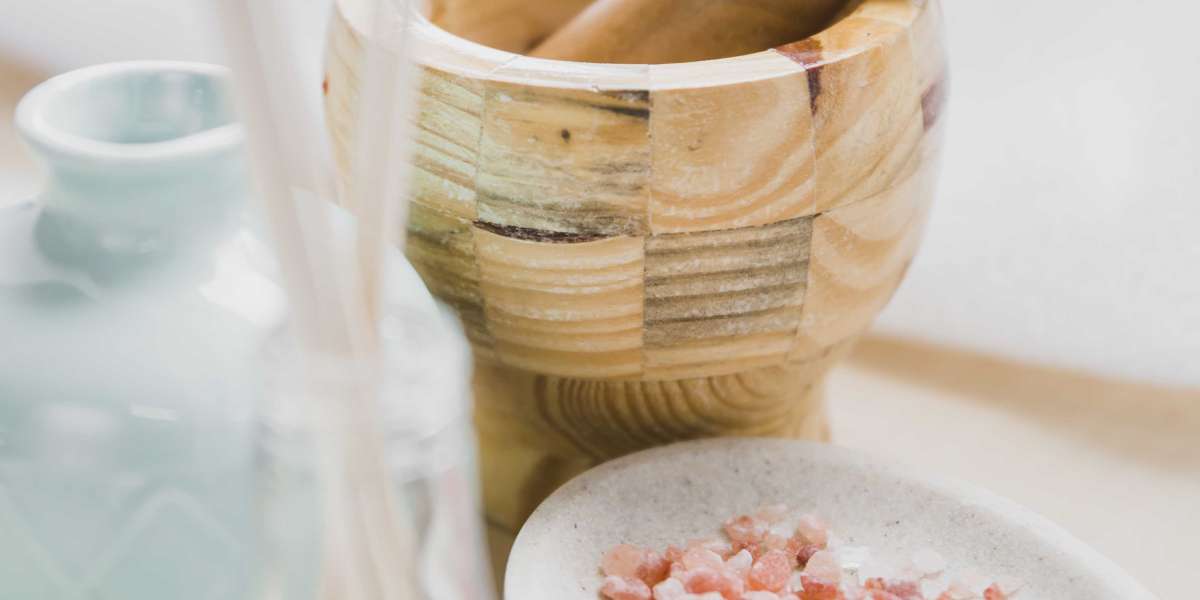Salt is one of the most essential and ubiquitous ingredients in the world. Used for seasoning, preservation, and even in some industrial applications, edible salt plays a significant role in human culture, health, and cuisine. Its chemical composition, however, is relatively simple. Edible salt consists primarily of sodium chloride (NaCl), along with various trace minerals, depending on its source and refinement process.
Algohar World natural salt lamps that are believed to provide various benefits, combining both the aesthetic appeal and the potential health advantages associated with Himalayan salt lamps.
Chemical Composition of Edible Salt
The primary chemical formula for salt is NaCl, which stands for sodium chloride. Sodium (Na) and chlorine (Cl) atoms combine in a 1:1 ratio to form this compound. Sodium chloride is responsible for the characteristic salty taste that enhances the flavor of food. Here is a breakdown of the composition:
Sodium (Na)
Sodium is an essential element for the body, playing a key role in regulating fluids, nerve transmission, and muscle contraction. Sodium also helps maintain the balance of water and electrolytes in the body. However, excessive intake can lead to health issues like hypertension, which will be discussed later.
Chloride (Cl)
Chloride ions work alongside sodium to maintain fluid balance and are also essential for producing stomach acid (hydrochloric acid), which aids digestion. Like sodium, chloride is necessary for proper physiological function, but too much can contribute to health risks.
Trace Minerals
Depending on the type of salt and how it is processed, edible salt may contain small amounts of other minerals such as magnesium, calcium, potassium, and even iron. In natural or unrefined salts like sea salt and Himalayan pink salt, these trace minerals contribute to subtle differences in taste, texture, and color.
Types of Edible Salt
There are several different types of edible salt, each with its own characteristics, uses, and health implications. The type of salt you use can depend on factors such as its flavor profile, texture, and mineral content. Here are some of the most commonly used types of edible salt:
Table Salt
Table salt is the most common form of edible salt. It is highly refined, meaning that it has been stripped of most trace minerals and impurities, leaving almost pure sodium chloride. Table salt often has added anti-caking agents to prevent clumping and may be iodized to help prevent iodine deficiency, a health concern in certain regions.
Iodized Salt
Iodized salt has added potassium iodide, a vital nutrient that helps prevent thyroid gland disorders. This is especially important in areas where iodine deficiency is common.
Sea Salt
Sea salt is harvested through the evaporation of seawater and retains many trace minerals that give it a more complex flavor compared to refined table salt. Depending on the source, sea salt can vary in color, texture, and taste. It is often used as a finishing salt for enhancing the flavor of food.
Celtic Sea Salt
This type of salt is harvested from the coastal regions of France and is known for its grayish hue, which comes from the clay found in the salt beds.
Himalayan Pink Salt
Himalayan pink salt is mined from the ancient salt deposits in the Himalayan mountains. Its distinctive pink color comes from trace minerals such as iron, magnesium, and calcium. Himalayan salt is often marketed as a more natural and mineral-rich alternative to table salt, though the actual mineral content is relatively low compared to sodium chloride.
Note: The benefits of edible salt formula go beyond flavor enhancement in cooking. From its role in food preservation and maintaining fluid balance to its essential functions in the nervous system and digestive health.
Kosher Salt
Kosher salt is a coarse-grained salt with no additives or iodine, making it a favorite among chefs for seasoning and preserving meat. Its larger grains allow for easy pinching, sprinkling, and even distribution. Kosher salt dissolves quickly in water, making it suitable for brining and cooking.
Flake Salt
Flake salt is created through the process of evaporation and comes in the form of delicate, pyramid-shaped crystals. It has a light, flaky texture, which makes it ideal as a finishing salt, adding a crisp burst of flavor to food without overwhelming the dish.
Black Salt (Kala Namak)
Black salt, or Kala Namak, is a type of rock salt used primarily in South Asian cuisine. It contains sulfur compounds, which give it a distinct flavor similar to that of hard-boiled eggs. Black salt is used in traditional dishes, such as chaat, and is often favored for its perceived health benefits in Ayurvedic medicine.
Production of Edible Salt
The production process of edible salt varies depending on its source and the desired type. The two primary methods of salt production are mining and evaporation.
Mining
Rock salt (halite) is extracted from underground salt deposits. These deposits were formed from ancient seas that evaporated millions of years ago, leaving behind layers of salt. Mining methods include traditional shaft mining and solution mining.
Conclusion
Edible salt is a vital component of cooking and nutrition, with a simple yet powerful chemical composition of sodium chloride. Its versatility, various types, and health implications make it an essential ingredient in kitchens around the world. By understanding the different types of edible salt and their uses, as well as being mindful of its health impacts, you can make informed choices that enhance both the flavor of your food and your well-being.








